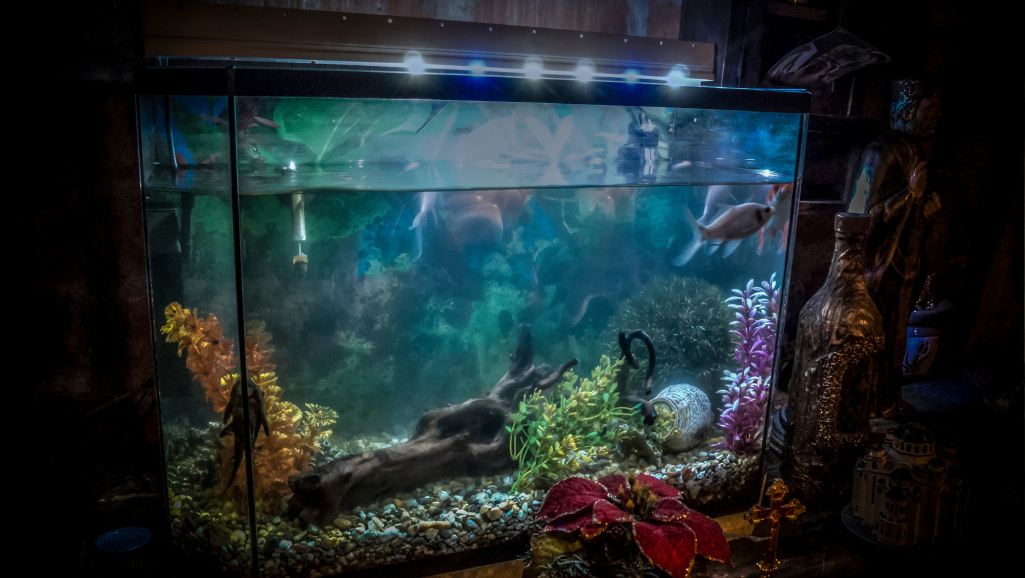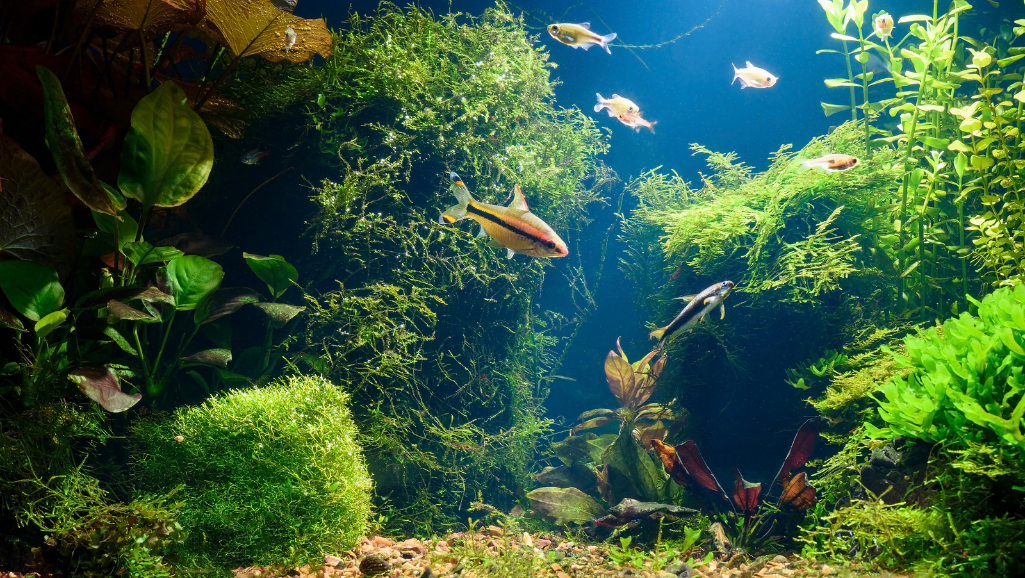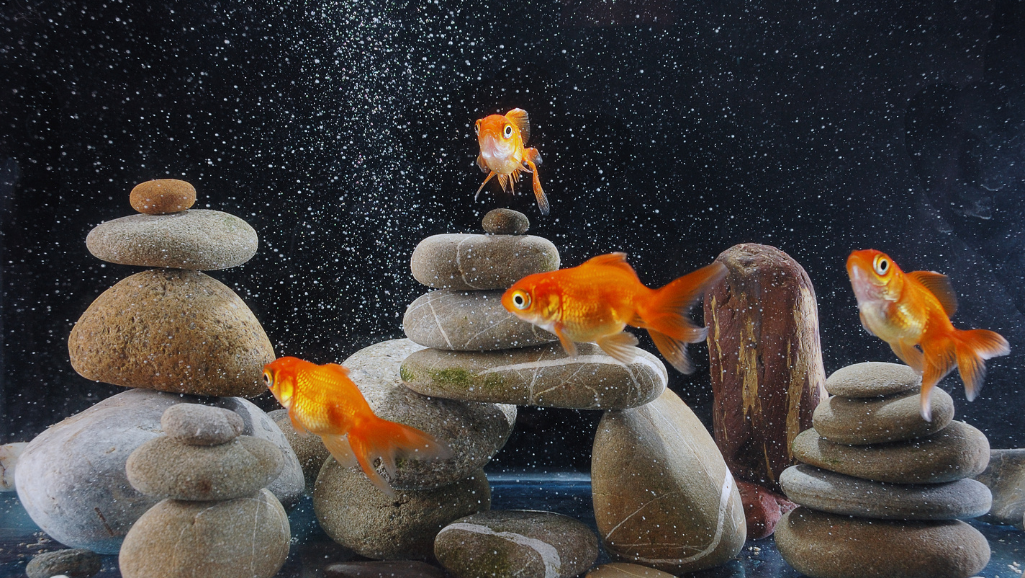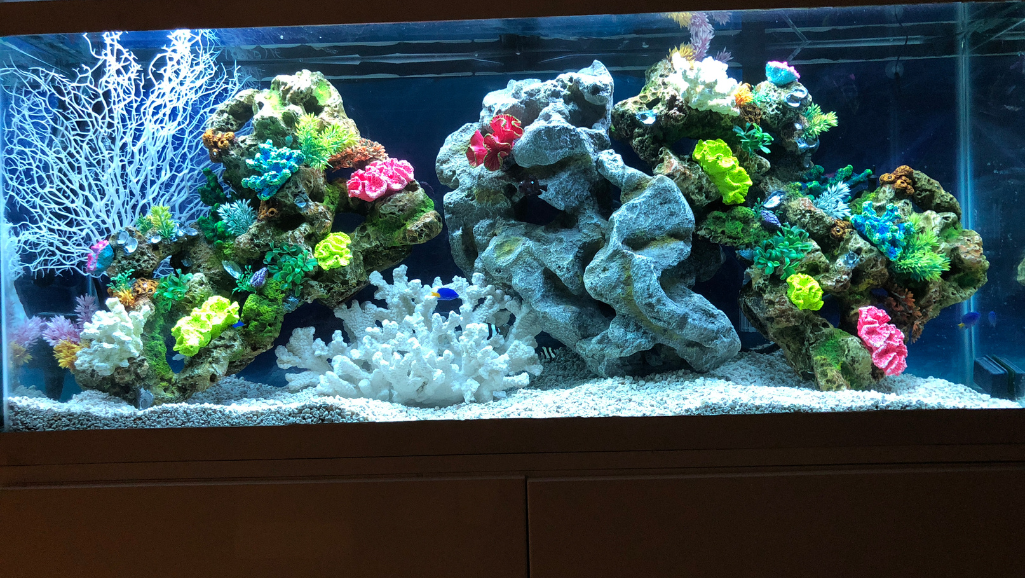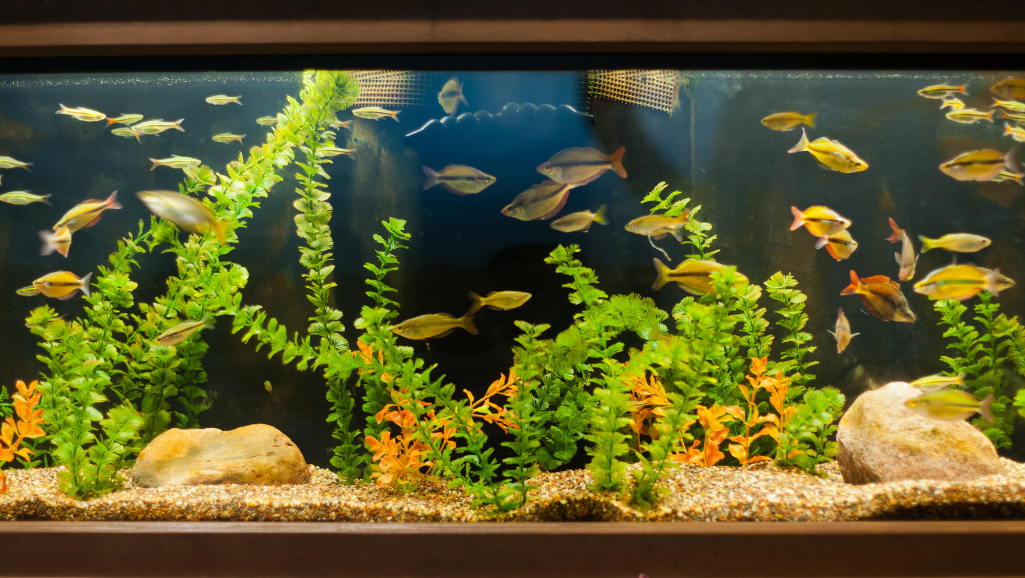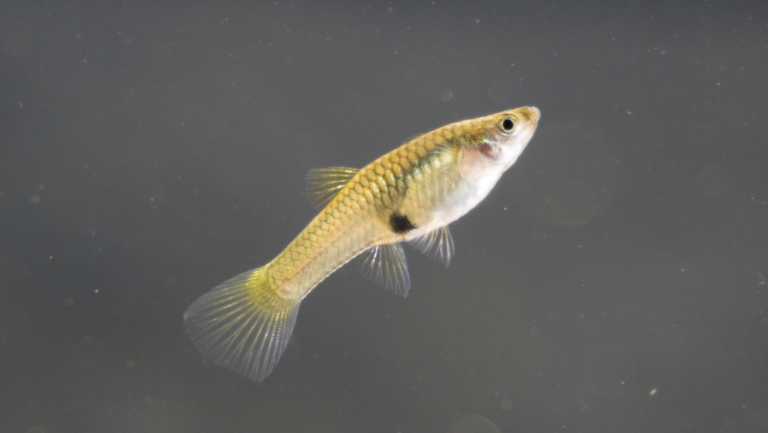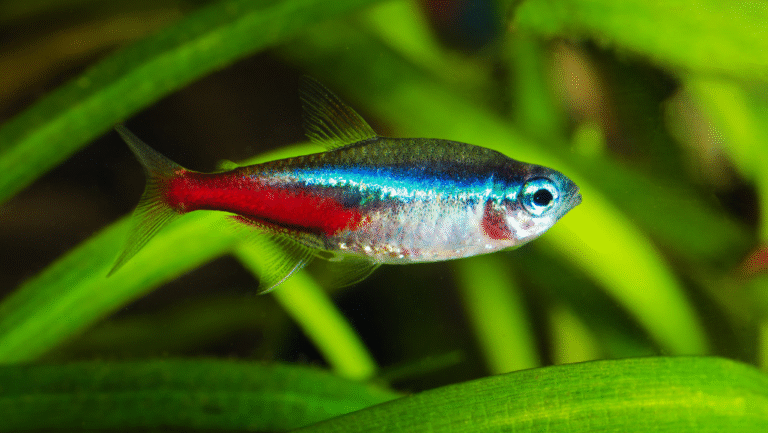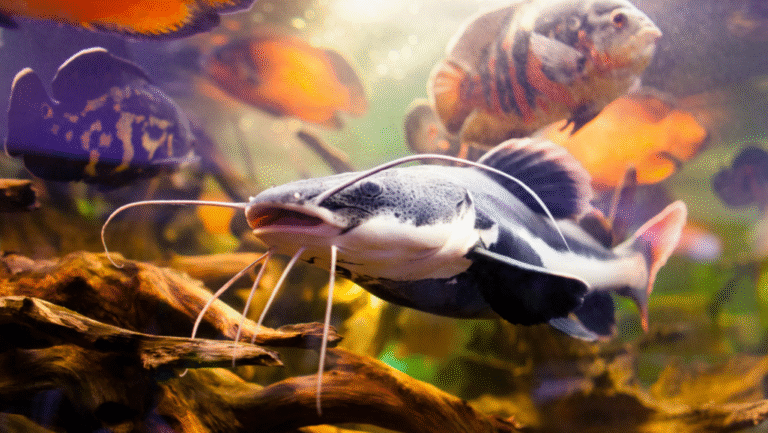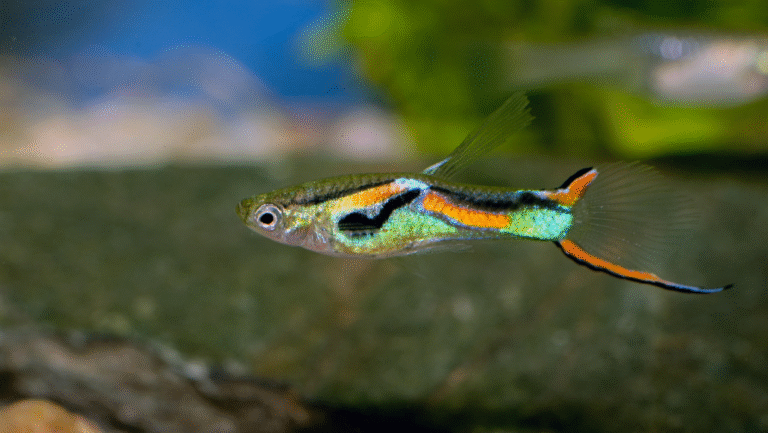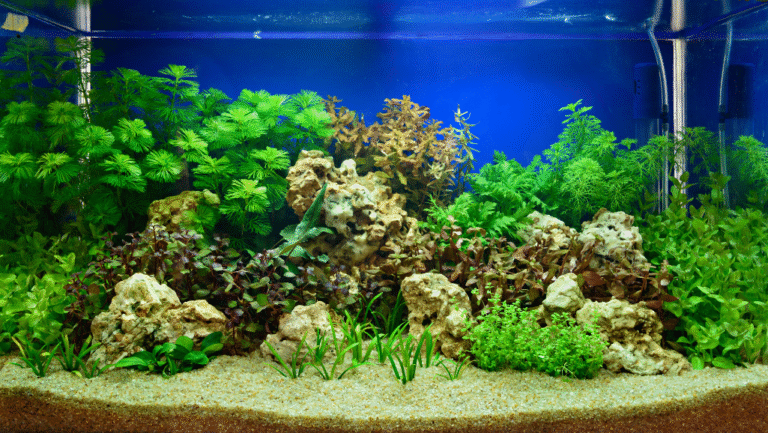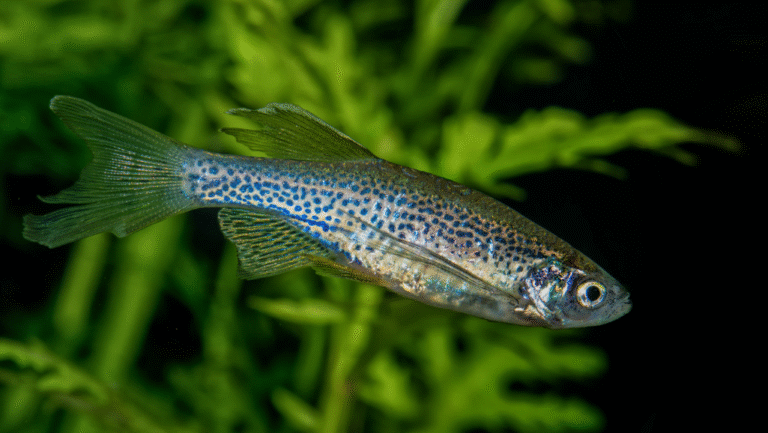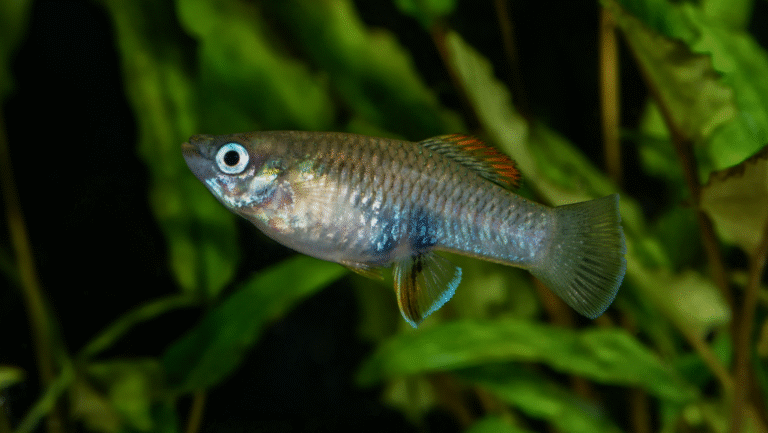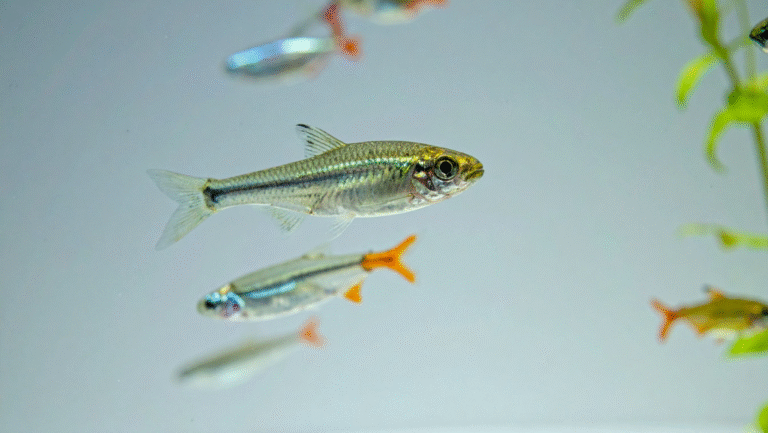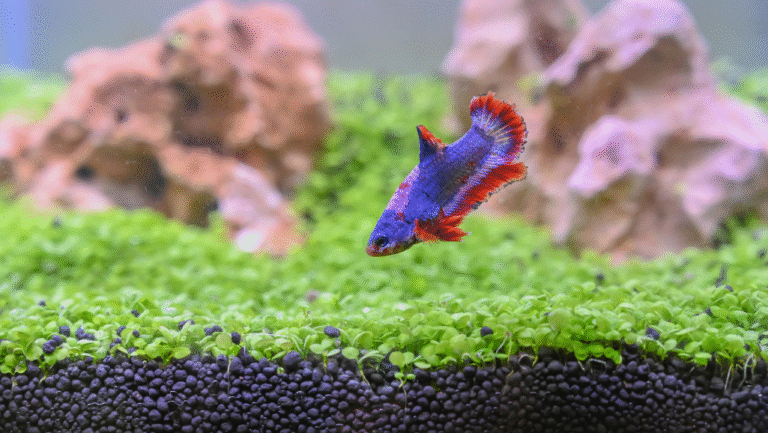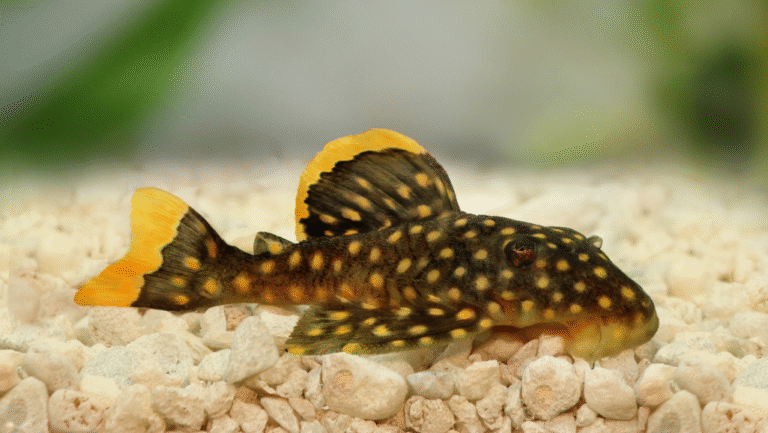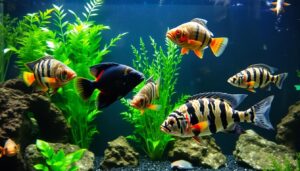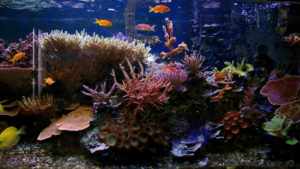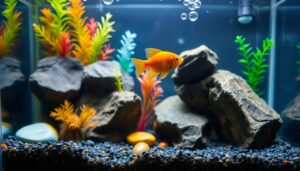Dream big and design with purpose. Superior custom glass systems deliver rimless and framed styles, multiple shapes, and engineering built to last. Precision glass edges, an anodized aluminum frame, and high-strength silicone mean clarity, safety, and decades of reliable service (manufacturer-rated materials; verify specific warranties for your model).
Whether you seek a calm living-room centerpiece or a bold showcase, package specials bundle stands, canopies, and matched filtration to move you from concept to installation with measurable savings. Options include Majestic hardwood, Lifetime aluminum, and welded steel stands with Seamless Sump®, H2Overflow®, Stealthbox®, and Siphon Stopper® systems available for many sizes and spaces.
Plan the layout, choose rimless or framed construction, and match shape and size to your Custom Aquarium and fish choices. Think about long-term price and aquarium maintenance the same way you consider style—both shape the experience for people who want beauty and ease of care. If you’d like help, request a design consultation or get a personalized quote to confirm dimensions and timing for delivery and installation.
Key Takeaways
- Engineering matters: anodized frames and precision glass give lasting clarity and strength.
- Bundle savings: package specials lower upfront price and simplify setup for smaller or larger projects.
- Choose rimless or framed to match viewing and upkeep preferences and to fit room dimensions.
- Pick shape and size to suit aquascaping and livestock needs—gallons and sightlines affect equipment choices.
- Invest in proven filtration and sump designs to reduce noise, leaks, and maintenance time.
Discover the aquarium fancy experience: elevate your fish tank with style and substance
Step into a design-driven world where clean lines and trusted engineering turn a display into a living work of art.
Explore Our Aquariums presents a range of design options and engineering resources so you can choose how your room feels. Compare rimless minimalism with framed strength to decide how edges and sightlines shape the viewing experience, then pick a package or custom path that fits your budget and space.
- Browse styles and colors for stands and canopies that match lighting and décor.
- Take advantage of package specials (example offers: up to 12% off selected complete setups or 10% off some custom orders) to balance upfront cost and long-term value—confirm current promotions when you request a quote.
- Shop preconfigured packages for a fast start or request a personalized quote from our design team for bespoke sizes and sight lines; typical custom lead times vary by project complexity.
- Draw ideas from social channels, community builds, and our gallery to refine goals, maintenance plans, and installation preferences.
Start simple or go bespoke: map your decision path (budget → size/gallons → system options → installation) and build a parts list to avoid mismatched gear, reduce unexpected costs, and control long-term maintenance. Request a design consultation to confirm dimensions and installation timing.
Designing your custom aquarium: shapes, sizes, and glass that last a lifetime
Choose a composition that reflects your room, your vision, and the long-term needs of your fish.
Rimless, framed, cube, rectangle, hexagon, and more: choosing the right style
Pick from classic rectangles, panoramic hexagons, space-saving pentagons, balanced squares, or sculptural cubes. Rimless tanks deliver an unobstructed, floating-glass look ideal for clean, minimalist sightlines. Framed models use an anodized aluminum system for corrosion and UV resistance and can suit higher-traffic installations or lid-mounted lighting.
Why precision glass and high-strength silicone matter for clarity and safety
Thicker, beveled, and polished glass resists scratches and chemical yellowing better than acrylic, preserving visual clarity over time. High-strength black silicone bonds (manufacturer-rated) provide stronger seams and reduced risk of seam failure versus common sealants—ask for test data or warranty details when ordering.
Selecting the right gallon capacity and dimensions for your space and livestock plans
Match livestock needs to common model gallons—examples include 65, 75 (tall), 100, 150 (tall and wide), 180 (wide), 240, 280, and 300—then confirm published dimensions and sump capacity before you buy. Dimensions determine doorway and stand fit, sightlines, and maintenance access, so verify length × depth × height early in planning.
- Confirm doorways, stair turns, and floor load capacity against published dimensions before delivery.
- Plan lids and canopy clearances early for jumpers and lighting mounts.
- Balance desired style, size, and price to protect your long-term investment—larger tanks often improve stability but increase installation complexity.
Quick use cases to guide size and shape selection
75-gallon tall (narrow footprint): ideal for tight spaces or hallways—measure doorway width and ceiling height first. 240-gallon wide (living room centerpiece): gives panoramic viewing and room for complex aquascapes, but confirm floor load and stand footprint with your installer.
Need exact numbers? Check published dimensions on the product page or download the dimension spec sheet before you finalize a custom aquarium design—this avoids surprises during installation and lets the design team size cabinetry and sump plumbing correctly.
Shop package specials: complete aquarium setups to start strong
Build confidence on day one by selecting a complete setup designed for either freshwater or saltwater success.
Package Specials bundle glass tanks with matched sumps, overflows, returns, and stands so components work together out of the box. Curated bundles remove much of the guesswork, shorten setup time, and typically offer savings compared with buying parts separately—check current offers when you request a quote.
Use published price ranges to plan your purchase. Popular models span common gallon sizes—65, 100, 150 (tall and wide), 180 (wide), 240, 280, and 300—and cover a broad price range depending on options, finish, and freshwater or saltwater configuration. Example starter tiers (date-stamped at time of publishing) show a 65-gallon entry kit from about $682.88 (example) up to fully equipped 300-gallon saltwater projects in the several-thousand-dollar range—confirm exact pricing and lead times for your project.
- Start ready: kits optimized for freshwater or saltwater include the tank, matched sump and overflow, return plumbing, and a stand or canopy option.
- Plan cost: published price ranges illustrate how sump size, lid options, and stand materials affect totals across the gallon range.
- Upgrade for less: sale bundles let you step up to larger gallons or premium components affordably—ask about bundle upgrade windows.
- Specialty options: paludarium and mixed land/water package options are also available for niche installations.
Order with confidence—specs list dimensions and sump capacity so you can map plumbing, cabinet space, and floor-load requirements before delivery. To compare tiers quickly, view the package spec sheet or request a package quote from our installation team to confirm dimensions, lead time, and what is included vs optional.
Filtration that performs: Seamless Sump® systems and smart overflow solutions
Quiet, efficient water handling starts with a properly sized sump and smart overflow choices.
Seamless Sump® packages use durable HDPE tubs to combine mechanical, biological, and chemical stages in a compact footprint. Modular tubs accept filter socks, biological media, and optional chemical stages such as the Media-Max 99 (manufacturer spec: 4800 GPH; check product datasheet for ideal operating volumes).
Overflow and skimming that stay silent
Pair an H2Overflow® for a large skimming surface and consistent water height — this improves gas exchange and keeps display water steady without loud trickle noise.
Return capacity and flood protection
Use a Stealthbox® external overflow sized to match your pump needs (common return capacities: 1200, 2400, or 3600 GPH). Add a Siphon Stopper® return nozzle to reduce back-siphon risk without relying solely on check valves; always follow recommended installation practices.
- Size the sump by ideal operating volume to stabilize levels and aid nutrient export for your tank size and livestock.
- Protect shrimp and small fish with screened intakes and gentle flow paths, especially in reef or shrimp-focused setups.
- Compare package price, access to equipment, and serviceability when choosing systems to reduce long-term maintenance hours.
Low-maintenance innovation: no-clean, electricity-free filtration options
Imagine a filtration approach that needs no electricity and finishes cleaning in 45 seconds.
NoClean Aquariums promotes a pour-in/flush-out process that can replace powered filters in select applications and dramatically simplify aquarium maintenance. Dirty water exits as clean water enters, reducing routine service time and recurring media costs.
How pour-in/flush-out systems reduce maintenance time and cost
These systems use a quick flush cycle (manufacturer claims a 45-second service window for certain designs) to make water changes routine and minimally disruptive. Fire-polished virgin acrylic used in some designs offers high light transmittance (reported at about 92–93%); validate specific figures with product specs.
Total cost of ownership: saving on filter cartridges over the long term
Typical small cartridge-filter setups may spend roughly $5–$15 per month on consumables; switching to a no-clean approach can cut that recurring expense and often yields payback within about a year for some installations—confirm with your projected tank sizes and usage.
- Reduce cord clutter by eliminating powered filtration in select installs, but consider redundancy for critical systems.
- Slash recurring media expenses across your tank range by choosing low-consumable designs where appropriate.
- Pick the maintenance solution that fits your lifestyle and livestock: reef systems often need continuous mechanical/chemical support, while some freshwater or planted projects can leverage lower-maintenance approaches.
Stand tall: Majestic® hardwood and Lifetime® aluminum aquarium stands & canopies
Choose a stand that supports the tank’s weight and elevates your room’s design while keeping equipment hidden and accessible.
Majestic® hardwood features solid hardwood frames with 3/4″ plywood tops and backs for a furniture-grade look. Lifetime® aluminum stands are anodized for rust resistance and can disassemble for easier transport. Welded steel options deliver maximum load capacity for extra-heavy systems—select materials that match projected tank weight and installation constraints.
Choosing between hardwood, aluminum, and steel
Match the stand to tank length, depth, and published dimensions to ensure full support and cabinet clearance for sumps and gear. Avoid particle board—choose hardwood, anodized aluminum, or welded steel to resist humidity and salt creep. Consider aluminum stands when access paths or future moves require breakdown and transport ease.
Styles, colors, and canopy integrations for lighting and lids
Canopies hide cords, route lights cleanly, and pair with glass lids for a polished finish. Explore finishes from warm traditional stains to minimalist painted surfaces to blend with your décor. Stand & Canopy Packages are offered in a range of lengths—36″, 48″, 72″, and 96″—so compare package pricing and fit to your build plan before you buy.
- Choose wisely: hardwood for presence, aluminum for portability and corrosion resistance, steel for maximum load capacity.
- Measure first: align stand dimensions with aquarium footprint, sump, and plumbing access based on published dimensions.
- Save smart: use sale packages to lock a competitive price and finish, and confirm what’s included vs optional.
Light, heat, and lids: creating a stable, vibrant aquatic environment
Balanced light, accurate temperature, and secure lids shape a stable habitat for vibrant life.
Lighting supplies for freshwater, planted, and reef setups
Select lighting matched to your vision. Use balanced spectra for planted freshwater, high PAR fixtures for reef aquaria, and tunable fixtures to simulate sunrise and sunset. Choose fixtures sized to your canopy or mount and that provide even spread for growth and color; anodized aluminum mounts improve corrosion resistance in saltwater setups.
Heating solutions: choosing the right heater and thermometer
Size your heater to tank volume and room climate. Pair a properly rated heater with an accurate aquarium thermometer and consider redundant monitoring for peace of mind. Compare energy efficiency and warranty tiers when selecting heating equipment.
Glass lids for safety, evaporation control, and jump prevention
Glass lids reduce evaporation and keep jumpers safe. They also protect lights and reduce humidity and salt creep on furniture. Match lids to your tank’s rim style and canopy; check for ventilation cutouts for feeders, probes, and light mounts. Consider adding a UV sterilizer in community systems to help control free-floating algae and pathogens.
- Pick lights by spectrum and controllability to meet plant or coral needs.
- Size heaters by published tank gallons and use reliable thermometers for steady temperature control.
- Use glass lids to minimize evaporation, protect equipment, and reduce maintenance time.
- Budget by comparing price and features so equipment lasts and performs as your system grows.
Plants, substrates, and backgrounds: aquascaping for color and calm
Thoughtful planting and a smart base turn a display into a peaceful, colorful scene.
Selecting live plants and substrates that support healthy growth
Begin with substrate that matches your plant list. Choose sand, gravel, or specialized planted mixes that buffer nutrients and anchor roots. Start with hardy species to stabilize water chemistry and provide shelter for shy fish; sinking plants help avoid floaters and establish quick cover. For shrimp-friendly builds, add microhabitats with fine sand and low-flow zones to encourage foraging and refuge.
Backgrounds and décor that showcase your fish’s colors
Frame the scape with backgrounds and décor that highlight natural colors and depth. Photo backdrops and colored panels can accentuate reds and blues, while textured rock and wood create focal pathways. Design planting and décor to simplify routine care and to encourage natural behaviors like grazing and schooling.
- Choose substrates that buffer nutrients and anchor roots for long-term plant health.
- Introduce hardy live plants first to stabilize chemistry and add immediate visual interest.
- Phase upgrades so new equipment and décor enhance the scape over time without overwhelming your maintenance schedule.
aquarium fancy fish: curate a living gallery of color
Curate a vivid display of color by choosing species that suit your space and your experience level.
Beginner-friendly showstoppers
Guppies, cardinal tetras, and cherry barbs bring motion and bright color to planted freshwater displays. Guppies breed readily—keep trios and provide dense plants for fry refuge. Cardinal tetras do best in schools of 6–10 with plenty of planted cover; cherry barbs remain peaceful and thrive in stable community tanks.
Statement species for warm displays
Discus and German blue rams require warmer water (about 84–86°F) and larger, well-maintained tanks. Boesemani rainbows excel in 4-foot tanks with mixed-sex groups and show striking color when kept in appropriate school sizes and water conditions.
Betta beauty and companion tips
Betta fish are ideal centerpieces in 5+ gallon setups with gentle filtration and lots of plant cover. A well-planted betta fish tank can accept peaceful tank mates if introductions are slow and compatibility is confirmed.
- Encourage natural breeding with live plants and stable water parameters.
- Protect shrimp by avoiding obvious predators (for example, golden wonder killifish).
- Scale school sizes so shy species show their best colors under proper lighting.
- Match species to temperature, space, and budget to keep care and overall project cost manageable.
Equipment essentials: pumps, aeration, UV sterilizers, and cleaning tools
Choose reliable circulation gear and plan plumbing so water moves predictably through every filtration stage.
Right gear makes care easier. Size return pumps to meet turnover targets and head height for your chosen gallon model. Match pumps with bulkheads, fittings, hoses, and valves to avoid leaks and maintain consistent flow.
Aeration, return pumps, and plumbing: building reliable water flow
Use air pumps to boost gas exchange in warm months or under heavy bio-loads. Add accessory pumps for reactors or manifold branches as you expand filtration stages; plan plumbing so maintenance access is straightforward.
UV sterilizers and algae control: crystal-clear water the smart way
UV units reduce free-floating algae and many pathogens without ongoing chemicals. They perform best as complementary tools alongside proper flow and routine aquarium maintenance services.
Maintenance gear: gravel vacuums, algae scrapers, and automatic feeders
Assemble a maintenance kit with a reliable gravel vacuum (such as a Python), algae scrapers, and an automatic feeder for consistent feeding when you’re away. These tools reduce time spent on routine tasks and protect water quality between service visits.
- Size return pumps to meet turnover and head-height targets for your tank’s gallons.
- Add aeration when oxygen stability is a concern (summer, heavy stocking, or high bio-load).
- Evaluate equipment price ranges up front to prioritize purchases and plan upgrades.
- Keep cord and hose runs tidy inside the stand; use suction cups and caster carts for safer moves.
From plan to install: service, selection help, and upgrades
Start your project with a site-ready plan that ties design, access, and long-term care into one clear quote.
Personalized quotes and custom builds let you match glass dimensions, stand profiles, and canopy layouts to your room. Ask for quotes that include transport and aquarium installation so timelines and costs stay predictable.
Personalized quotes and custom builds for unique spaces
Work with an aquarium design company or installation team to validate compatibility across brands and parts. Use design tools to configure stands and canopies so doors, cords, and maintenance access are planned up front—this reduces surprises during install and helps the service team size plumbing and sumps correctly.
Scaling your system: sumps, overflows, and stand upgrades
Plan upgrade paths that add larger sumps, higher-capacity overflows, and stronger stands as livestock or coral density grows. Match pump and overflow specs to your target turnover per gallon to keep the system cohesive; common overflow GPH ranges used in packages span about 1200–3600 depending on system size.
“Modular designs and Lifetime aluminum stands make transport and installation less stressful while preserving strength.”
- Service: get tailored quotes to streamline decisions and understand project pricing.
- Upgrade: time purchases with sale windows to save on step-ups and expansion components.
- Range: compare stand materials, sump sizes, and overflow specs before you buy to ensure long-term value.
Conclusion
Close your project with practical choices that balance beauty, flow, and long-term value.
Bring your vision to life with precision glass, quiet filtration, and stands that match your décor. Use strategic sale and package pricing to secure the right size and reduce surprise costs.
Start simple or aim for a centerpiece: choose friendly, colorful fish or design a bold display, then phase upgrades so new products integrate smoothly as needs change.
Keep care manageable with lids, heaters, and lighting that protect your investment and highlight your scape. That way your aquarium stays inspiring and easy to enjoy for years.
